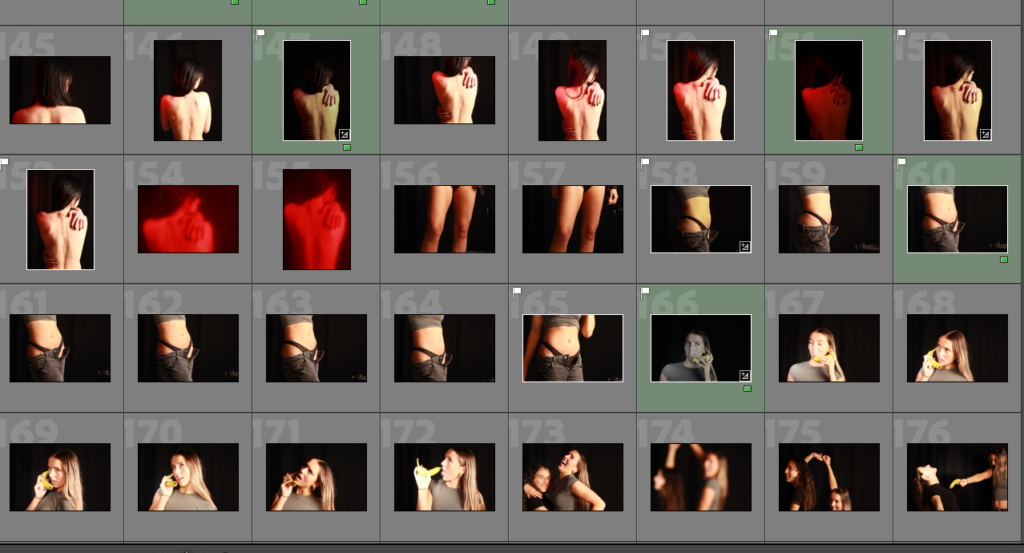FEMININTY VS MASCULINITY
Femininity refers to traits which are associated with nurture whilst masculinity refers to traits which are associated with assertiveness.
Definitions:
Femininity= “qualities or attributes regarded as characteristic of women or girls.”- google
Masculinity= “qualities or attributes regarded as characteristic of men or boys.”- google
femininity and masculinity are binary opposites which means it is a pair of related terms or concepts that are opposite in meaning.

mood board:
femininity

masculinity

Ways identity can be influenced.
Identity is not certain and constantly changes around different factors.

Place– The place a person is from can influence identity because we hold memories which relate to other people who have been or lived there compared to the people who do not have these memories.

Upbringing– The physical environments where children live affect their development and health. The conditions of a place can have positive or negative influences on child health and development. Environmental exposures early in life can cause lasting changes in developing biological systems.Our families play a crucial role in shaping our values and identity. They can help us become more confident, compassionate, and curious, or they can make us more insecure, selfish, and closed-minded. The good news is that we have some control over how we let our families and friends influence us.

Cultural– Culture influences our beliefs about what is true and false, our attitudes including our likes and dislikes, our values regarding what is right and wrong, and our behaviours.

Stereotypes– Impose limitations on the people they target, assign them roles that are not necessarily suited to them and make it harder for them to be their true selves, girls and women are generally expected to dress in typically feminine ways and be polite, accommodating, and nurturing. Men are generally expected to be strong, aggressive, and bold. Every society, ethnic group, and culture has gender role expectations, but they can be very different from group to group.

Political– Certain people are brought up to follow normalities of their society ran by politics, this affects people by having strong beliefs which you may not understand until you are older but still follow in to or they may follow different beliefs’ those people would be very different as this is a part of their identity and how they believe and act.

Mind maps on femininity and masculinity.


Artist Reference
Claude Cahun
“Claude Cahun (1894-1954) was an artist, photographer and writer. She is best known today for her surreal self-portrait photographs which show her dressed as different characters. Cahun questioned the accepted status-quo, particularly the position of women, through her art and in the way she lived her life”- jersey heritage


This photo of Cahun also deals with the theme of masculinity. Because of the stereotype that men should be tough, strong, and protective of women, Cahun (women), who are typically supposed to look more feminine, actually look more masculine. Cahun relates to this stereotype because of the props she uses. In this photo, she uses support weights, suggesting that she is strong and tough, which is closer to male characteristics in society. Cahun is a more masculine woman in order to show society that gender fluidity is real, stereotypes are not accurate most of the time, and that women can also be masculine (and vice versa). Disguise yourself as a “character” or another version of yourself. ). However, her makeup in this photo also suggests that she is very feminine. Because at that time, society considered it appropriate for only women to wear makeup. Although Cahun wears feminine makeup, the use of more masculine props allows her to be feminine and masculine at the same time, increasing her gender fluidity. This proves the stereotype that men are strong and tough and women are weak and emotional. Because carrying femininity suggests that women can be just as strong and tough as men.
Cindy Sherman

Cindy Sherman works, play with womanish conceptions. Masquerading as a myriad of characters, Cindy Sherman( American, born 1954) invents personas and tableaus that examine the construction of identity, the nature of representation, and the artifice of photography. To produce her images, she assumes the multiple places of shooter, model, makeup artist, hairstylist, and hairstylist. Whether portraying a career girl, a fair stunner, a fashion victim, a zany, or a society lady of a certain age, for over thirty- five times this relentlessly audacious artist has created an eloquent and instigative body of work that resonates deeply in our visual culture, this also shows how the women we see in movies aren’t real, because Cindy is showing she can embody all these different identities and challenging the roles of females.

Cindy Sherman inspired my photo shoot by challenging stereotypes.
response shoot:





For this edit I have used four photos which have a binary opposite, the female model look unprepared and nervous, whilst carrying a briefcase, the briefcase indicates a work and serious environment, whilst the male model is assertive in his stance and looks as if he is on the move to show how a business man may be rushing around, he is also holding the briefcase up in comparison to the female model where it looks like it is holding her down. I paired these photos with close ups of the briefcase to give it a different perspective, in the top right photo the prop is darker with different rays of light on the side and handle to show it has been used but also is intriguing to open. The photo on the bottom left is brighter which makes it shine and appear cleaner and more elegant. I have used black and white for all of these photos because I think it helps to create a sense of work and power.

Cindy Sherman showed how things we see in tv aren’t real life and that the model or actor could be anyone so I made this photo into black and white as I believe it helps to emphasise the body and challenge the stereotypes of females and femininity. as you can see I kept the vibrancies but turned down the saturation to get the black and white but still have some colour in the skin.

I like this photo because it has a “feminine side” then a harsh line where it is much darker to show a split in fitting in to the background and being yourself. the skin shows us her but the darkness represents what we don’t know about her.



I like this photo as it shows strength from the male models which is a key feature in masculinity and the stereotypes of men but it also shows the female model being flexible which is a strength for females and plays on the “different roles/ aspects” for femininity and masculinity.

